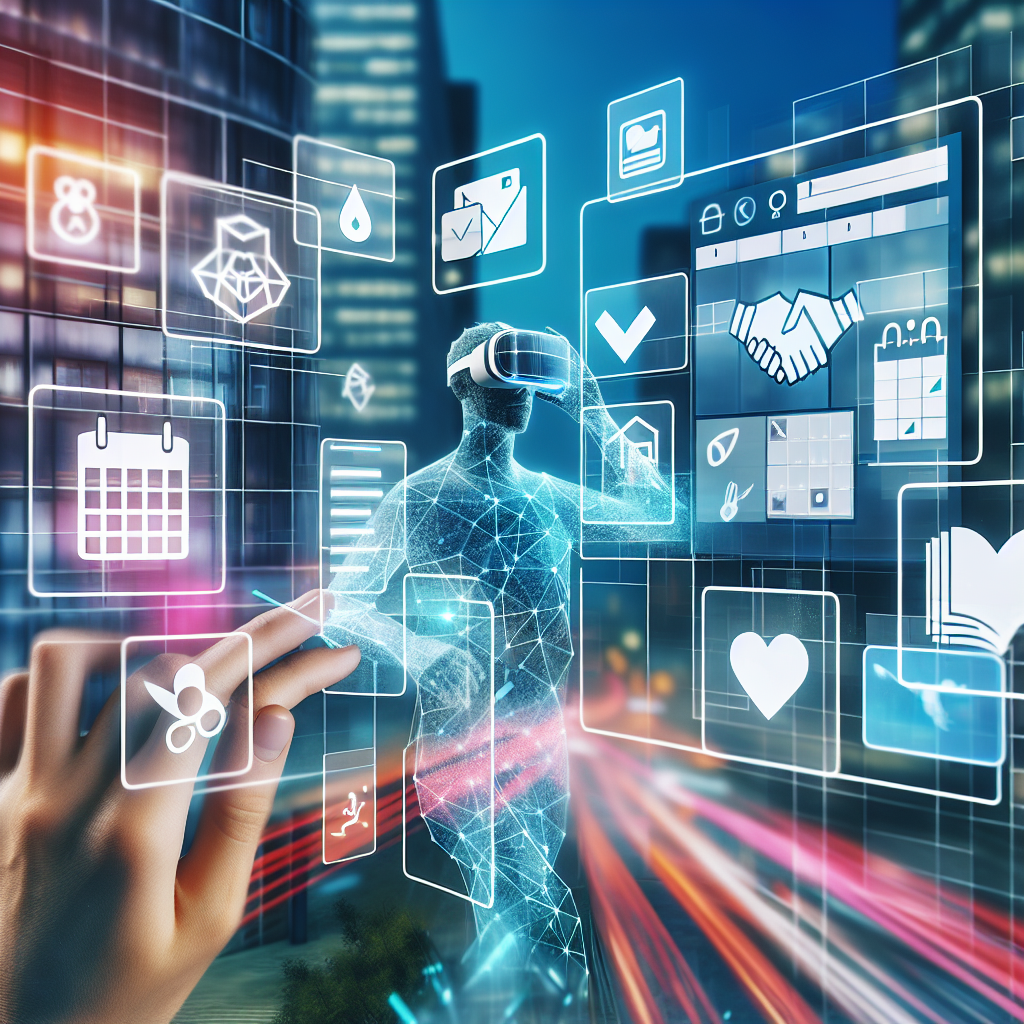How Gaming Technology is Shaping Our World
Introduction
The rise of gamification in everyday life is reminiscent of the rise of mobile technology a generation ago. It has altered how we interact with various aspects of our daily activities, from education to wellness and productivity.
“Games are the new form of social interaction, effacing traditional barriers and rebranding the ordinary.” — Unknown
What is Gamification?
Gamification refers to the integration of game-like elements in non-game contexts. It employs game design techniques to motivate and enhance user engagement across various fields.
Key Elements of Gamification:
- Points
- Badges
- Leaderboards
- Challenges
- Feedback
How Gamification is Transforming Various Sectors
1. Education
In educational environments, gamification can enhance student engagement. Learning platforms increasingly use game elements to motivate students.
2. Workplace Productivity
Companies utilize gamification techniques to boost productivity, turning mundane tasks into challenges that foster competition among employees.
3. Health and Fitness
Fitness apps employ points, challenges, and leaderboards to encourage users to reach their fitness goals.
4. Customer Loyalty Programs
Retailers and service providers use gamified loyalty programs to reward repeat customers.
Data Insights
| Sector | Impact of Gamification | Statistics |
|---|---|---|
| Education | Increased engagement and motivation | 80% of students felt more motivated (2019) |
| Workplace | Enhanced productivity | Gamification can increase performance by up to 50% |
| Health | Improvement in health habits | Gamified health apps lead to a 20% increase in users meeting goals |
| Retail | Boost in customer loyalty | Gamified loyalty programs can increase repeat purchases by 25% |
Challenges Facing Gamification
Despite its advantages, gamification is not without challenges:
- Overemphasizing rewards can diminish intrinsic motivation.
- Poorly designed gamification can lead to disengagement.
- It may not be suitable for all contexts or audiences.
Future of Gamification
As gaming technology continues to evolve, the potential applications of gamification are vast:
Trends to Watch:
- Integration with Augmented Reality (AR) and Virtual Reality (VR).
- Increased personalization in gamification elements.
- Use of advanced data analytics to tailor experiences.
Conclusion
The gamification of everyday life is a powerful phenomenon that influences how we learn, work, and interact. By harnessing the motivational aspects of gaming, we can create more engaging and productive environments.
Check out our FAQ section below!
FAQ (Frequently Asked Questions)
1. What types of activities can be gamified?
Almost any activity can be gamified, including learning, physical fitness, productivity at work, and even driving safe habits.
2. Is gamification suitable for all ages?
Yes, gamification can be tailored to suit different age groups. It is used in educational settings that cater to children, teens, and adults alike.
3. What are some examples of successful gamification?
Platforms like Duolingo for language learning, Fitbit for health tracking, and Khan Academy for student engagement are excellent examples of successful gamification.
4. Can gamification lead to addiction?
While gamification intends to boost motivation, excessive use of game-like features can lead to over-reliance and distraction.
